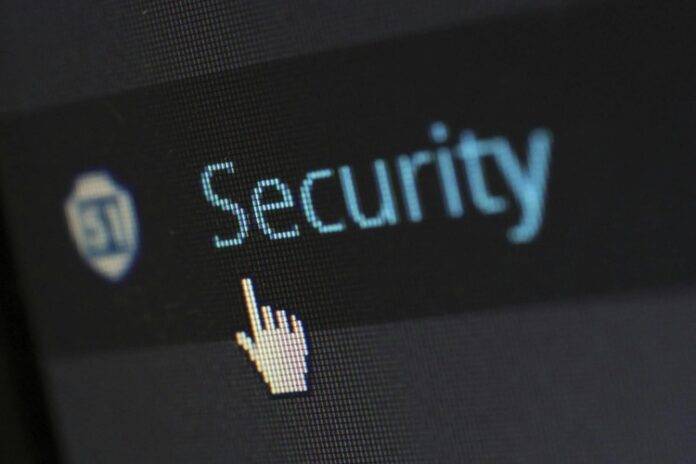The rise of remote work has completely changed the modern workplace. In 2023, 12.7% of full-time workers worked from home, while 28.2% worked a hybrid model. This transformation, even though it brings many benefits, also comes with new challenges in cybersecurity. The time when a company’s network was secure is over. Nowadays, data is moving around through personal devices and unguarded Wi-Fi connections.
This situation has increased the chances of cyberattacks because now there are more entry points for hackers to access information. To control this risk and guarantee a secure remote working atmosphere, organizations require comprehensive cybersecurity methods. This blog post will look into important actions that ensure cybersecurity in remote workforce management.
Using Tech For Screen Monitoring
When dealing with remote management, there are several aspects that take center stage. For example, well-rounded remote system monitoring software captures customizable screenshots that let you see your team’s priorities at intervals of your choice.
Moving forward, in the context of real-time screen monitoring, observing what is happening on computer screens in real time has an important role to play, both for attention-keeping and strengthening cybersecurity, because it actively observes user activities on the screens. It continuously examines the displayed content – like applications, websites, and user interactions – making it possible for organizations to find and deal with possible dangers. Additionally, it can help detect any harmful or unwanted behavior.
Securing Devices and Networks
The starting point for remote work cybersecurity is to make sure that devices and networks used by employees are safe. Organizations should establish policies on how devices are used, such as promoting the use of company-provided devices or making sure strict security rules are followed for personal ones. Encryption software should be mandatory to safeguard sensitive data at rest.
A virtual private network (VPN) establishes a safe tunnel for data traffic between devices that are far away and the company network. This safeguard is crucial when using public Wi-Fi connections because it encrypts all information sent or received on these networks.
Old software has weak points that cybercriminals can use, creating risk. To lessen this danger, it is important to make sure all operating systems and applications on remote devices have regular updates. Software for monitoring remote systems might handle this process automatically, guaranteeing uniform coverage for the whole work staff.
Educating and Empowering: The Human Firewall
Technical measures are very significant for remote work cybersecurity, but they cannot replace the need for an educated and strong workforce. Many times, employees form a primary defense against cyber threats by being human firewalls to phishing attacks or social engineering scams.
It’s very important to have regular security awareness training. In these trainings, employees should learn how to recognize and avoid cyber threats. This includes knowing the signs of phishing emails, understanding good password habits for making strong and unique passwords, as well as knowing the correct actions to take if they encounter any suspicious activity while working.
Building a Culture of Shared Vigilance: Beyond Policies and Training
A strong cybersecurity culture is not only about putting in place training programs and security policies. It also means creating a common sense of duty to protect data security throughout the whole organization. This cultural change depends on two important factors.
First, strong leadership commitment is very important. Senior management needs to make cybersecurity a clear priority by including it in the company’s culture without any doubt. This commitment requires setting aside needed resources for backing up continuous safety actions. Cybersecurity leadership is a strong message that supports taking action to protect data.
Secondly, it’s very important to encourage open communication. The workers must be confident in reporting any doubtful action or asking for an explanation about security rules without worrying they will get into trouble. This needs a no-blame zone where the staff feels at ease expressing worries with no delay. By setting up channels for communication, organizations can use the workforce’s collective vigilance to locate and handle possible threats at an early stage.
Conclusion
The rise in remote work has certainly altered the cybersecurity scenario. There is no longer a secure company network; it has been substituted by distributed surroundings that exhibit more vulnerabilities. Yet, this alteration does not have to be terrifying.
To succeed in this new normal, organizations must follow a complete plan. This plan needs to have three main parts: welcoming new technologies such as remote monitoring software, valuing constant learning among employees about good cybersecurity habits, and promoting a culture of security awareness within the whole organization.
By dealing with these elements beforehand, businesses can protect their data and give strength to their remote workers while also realizing the full potential of having a team spread across different locations.
- SEO Powered Content & PR Distribution. Get Amplified Today.
- PlatoData.Network Vertical Generative Ai. Empower Yourself. Access Here.
- PlatoAiStream. Web3 Intelligence. Knowledge Amplified. Access Here.
- PlatoESG. Carbon, CleanTech, Energy, Environment, Solar, Waste Management. Access Here.
- PlatoHealth. Biotech and Clinical Trials Intelligence. Access Here.
- Source: https://www.fintechnews.org/how-to-ensure-cybersecurity-in-remote-workforce-management/






